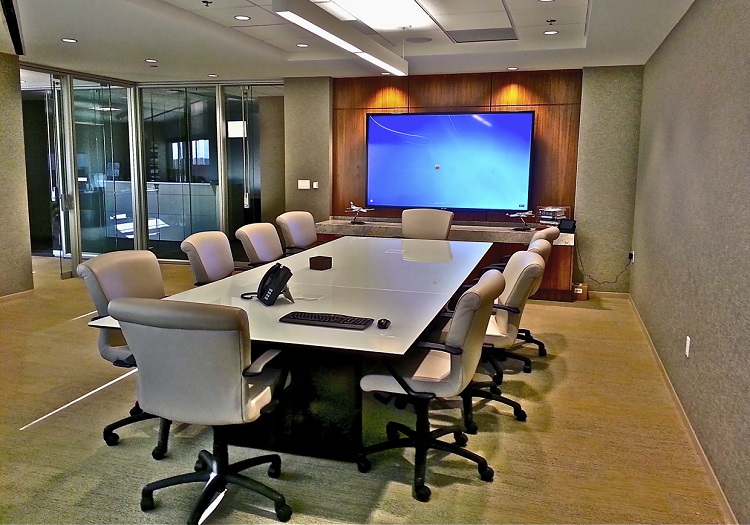Enhancing Acoustic Experience Via Tactical Audio Placement in Commercial Environments
Maximizing acoustic experience in business environments is essential for establishing an appealing and effective environment. Whether it’s in a dining establishment, retail outlet, or office, the manner audio travels and is perceived can greatly affect customer satisfaction and staff productivity. Strategic audio positioning holds a key role in achieving ideal sound quality. By grasping the principles of acoustics and taking into account the design of the space, businesses can enhance the overall auditory experience for all in attendance.One of the first actions in effective audio placement is to assess the dimensions and configuration of the commercial area. Different sections may have distinct acoustic properties that influence how audio behaves. For example, large, open areas may need more audio units to ensure uniform sound distribution, while compact, confined areas might benefit from less speakers placed thoughtfully to prevent overloading the listener. Additionally, the materials used in the construction of the area, such as partitions, floors, and ceilings, can affect audio bounce and dissipation. Comprehending these factors helps in determining the most suitable positions for audio units.
Another important consideration is the kind of sound being played. Background music in a coffee shop, notifications in a retail outlet, or presentations in a conference room all require varied sound configurations. For example, in a dining establishment, audio units should be placed to create a enjoyable atmosphere without overpowering dialogues. In contrast, in a retail environment, speakers may need to be located to make sure that promotional messages are clearly heard throughout the space. Customizing the audio positioning to the particular sound requirements of the setting can greatly enhance the overall atmosphere.
The height and angle of the speakers also have a major part in sound distribution. Placing speakers at listening height can help ensure that sound reaches the audience effectively. Additionally, tilting audio units towards the middle of the room can help direct sound where it is needed most. This is especially crucial in areas with high ceilings, where sound can easily dissipate. By thoughtfully evaluating the elevation and angle of the audio units, companies can create a more engaging acoustic environment that maintains customers engaged and staff focused.
Finally, consistent evaluation and adjustment of speaker placement are crucial for preserving optimal audio quality. As the layout of a business space changes, or as additional fixtures and items are added, the acoustic characteristics may shift. Conducting periodic assessments can assist identify any problems with sound coverage and allow for necessary adjustments. By prioritizing strategic speaker placement and continuous assessment, businesses can ensure that their commercial environments offer a inviting and look what i found pleasant sound environment for everyone.
